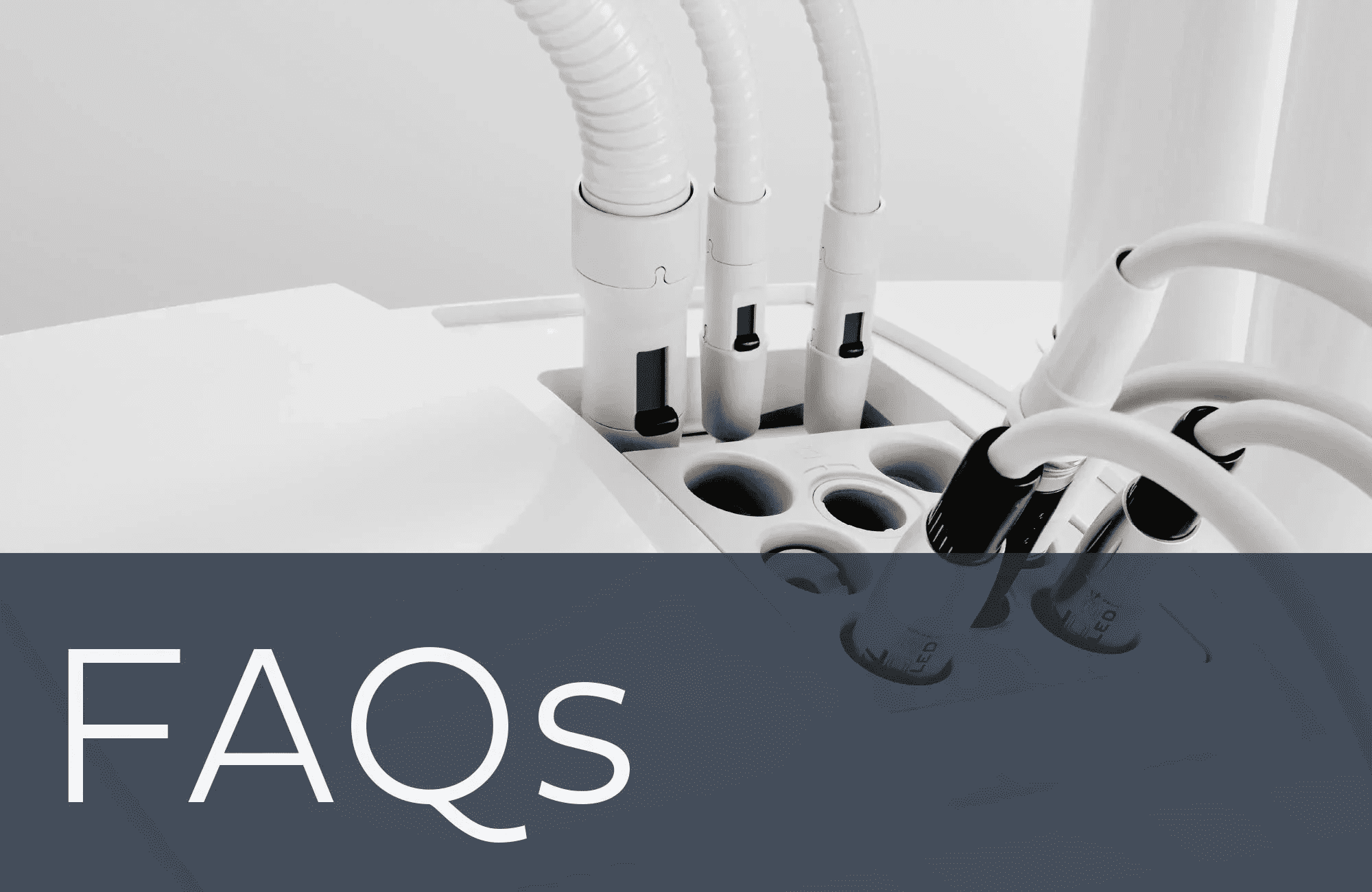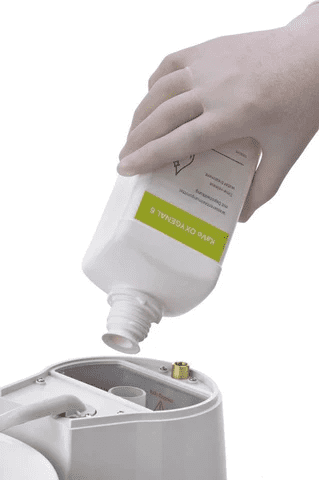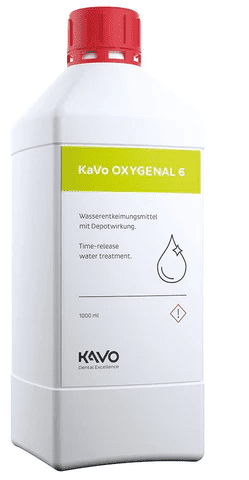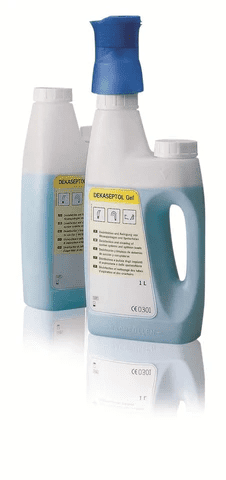

1. What disinfectants are allowed for cleaning KaVo dental chairs’ surfaces, and what precautions should be taken?
KaVo has evaluated and approved the following disinfectants for use:
- Mikrozid Liquid (manufacturer: Schülke & Mayr)
- FD 322 (manufacturer: Dürr)
- Incidin Liquid (manufacturer: Ecolab)
- CaviCide (manufacturer: Metrex)
Please note that KaVo assumes no responsibility for guarantee, warranty or damage compensation claims which arise from the use of other cleaning agents and disinfectants. Please only ever carry out a wipe-down disinfection.
2. What germ reduction functions and rinse programs are there and how do these work (for dental chairs ESTETICA E70/E80 Vision, E50 Life & Primus 1058 Life, and older models i.e. E70, E80, E50, 1058)?
Due to the fact that the water bearing systems can become colonised by various micro-organisms despite compliance with the standards, regular use of the germ reduction liquid is essential (only for water which comes into contact with patients and in conjunction with the DVGW water block).
In this approach, a distinction is made between the following functions:
- KaVo continuous germ reduction: By automatically adding KaVo Oxygenal 6 germ reduction liquid the amount of germs in the treatment water is continually reduced.
- During periods of standstill, vigorous germ reduction hinders the growth of microorganisms. As a result, it ensures that patients have access to clean water. Water-bearing tubes are automatically supplied with a 10x greater concentration of KaVo Oxygenal 6 during the intensive germ reduction. During the aggressive germ reduction program, which lasts about 45 minutes, the higher hydrogen peroxide concentration is active in the system for at least 30 minutes. KaVo suggests beginning the aggressive germ reduction before the weekend, holiday, or other downtime and allowing it to take effect during that period. At the start of the program, the dental chair can be turned off. During commissioning, the gadget is automatically washed until it reaches its usual Oxygenal 6 concentration.
- All instruments on the dentist and assistant’s unit are rinsed with water every 20 seconds during the shortened rinse program (01). The rinse program (02) automatically rinses the water-bearing system for at least 2 minutes and rinses all of the instruments, including the tumbler filler. This enables a significant reduction in microbial accumulation which occurred during the stagnation period.
KaVo product manager Joerg Eberle shows the various hygiene functions of the KaVo dental chair ESTETICA E70/E80 Vision and the easy and quick exchange of Oxygenal and DEKASEPTOL.
So yet, no cases have been reported, and no sensitivities to hydrogen peroxide have been discovered. Patients who have a known hydrogen peroxide sensitivity are not allowed to drink water treated with KaVo Oxygenal 6.

- A surface disinfection of all surfaces contaminated by contact or aerosols with a surface disinfectant tested and approved by KaVo. (Please observe the treatment time stated in the manufacturer’s specifications.)
- Rinse all water-bearing systems as recommended in the current RKI guidelines (approx. 20 seconds).
- Disinfect the drainage or suction system with KaVo DEKASEPTOL gel.
- Clean, treat and sterilize all straight and contra-angle hand pieces, handle sleeves, drain tubes, drain tube hand pieces, nibs, manual instruments etc. in accordance with the manufacturer’s specifications.